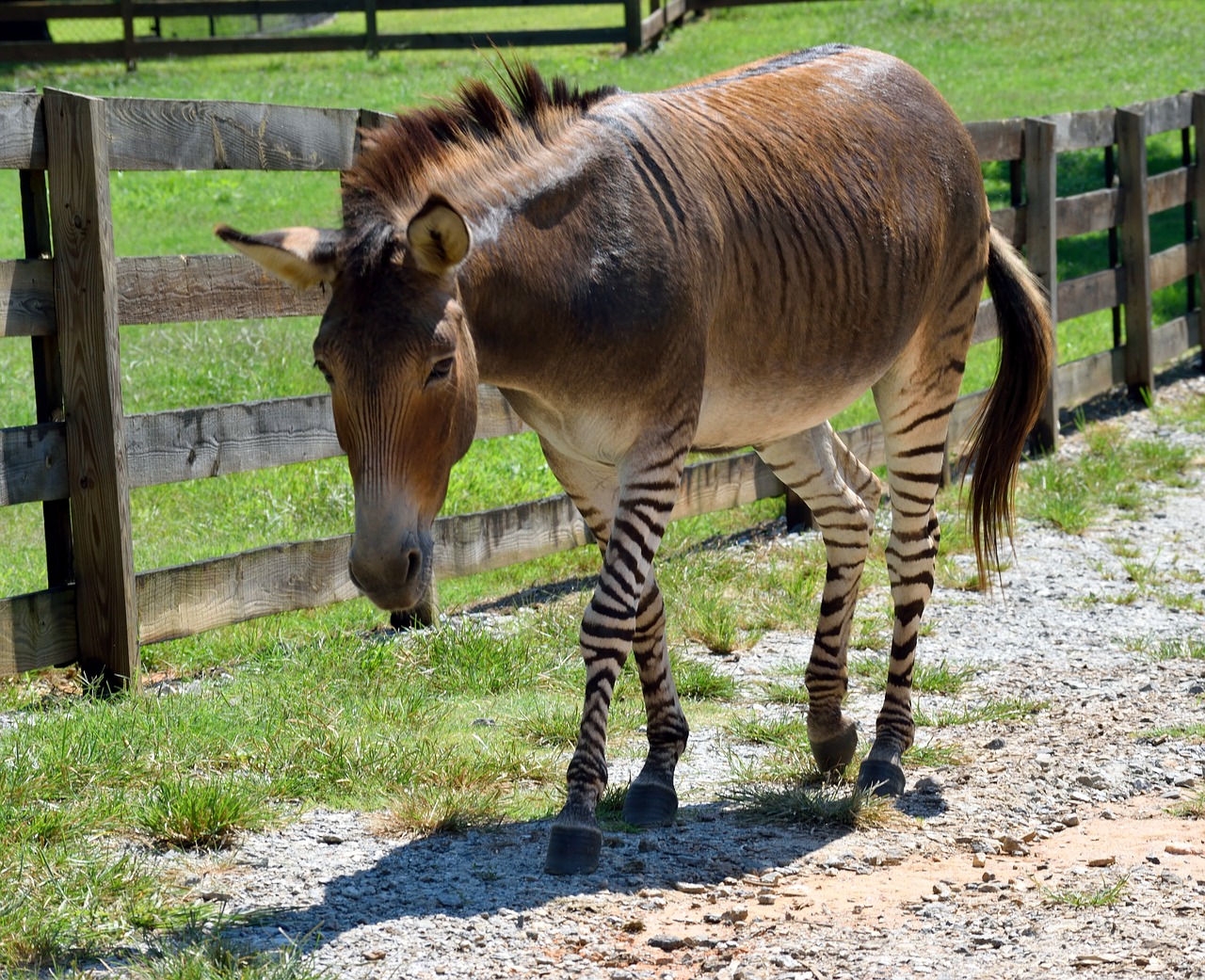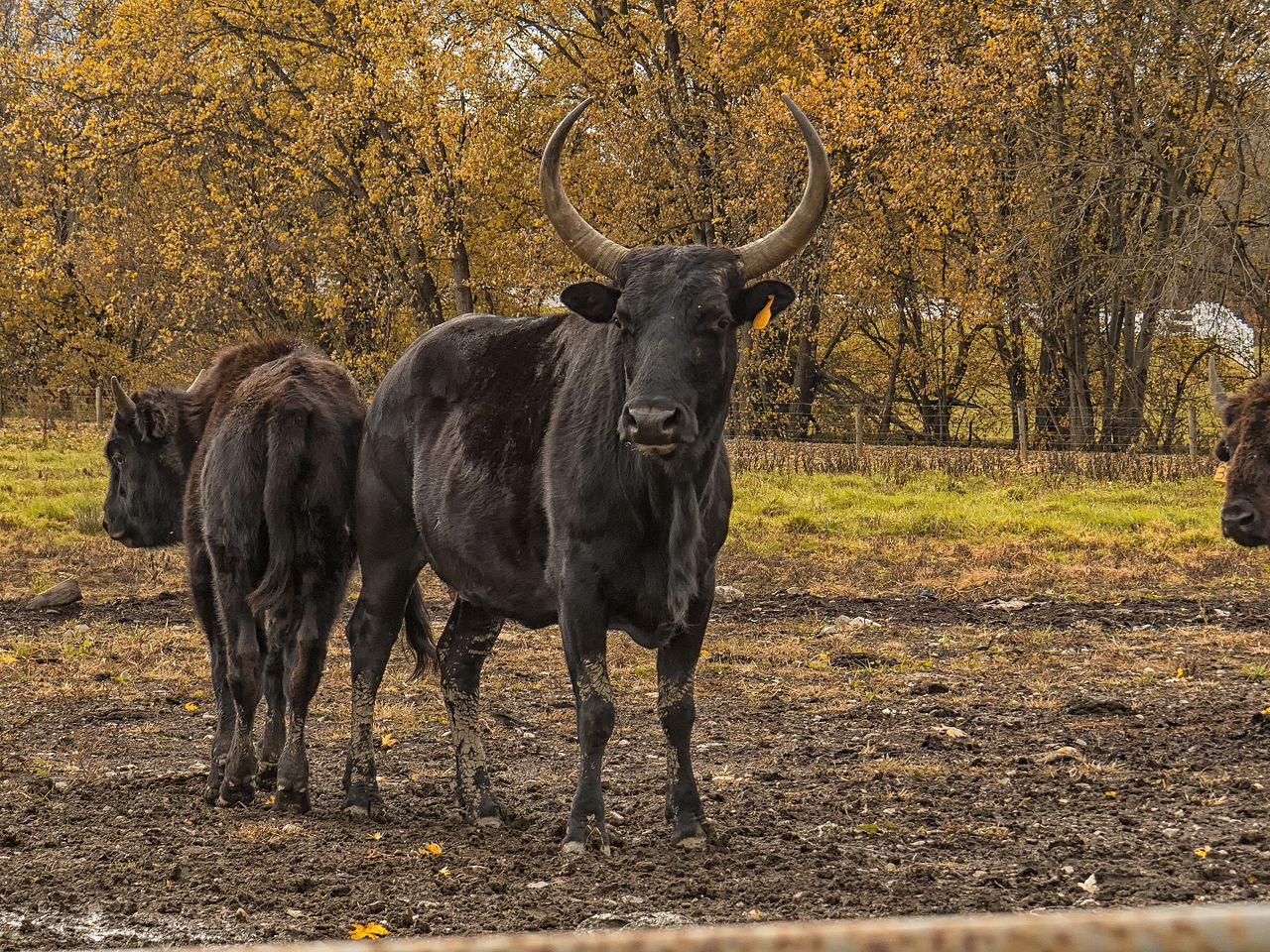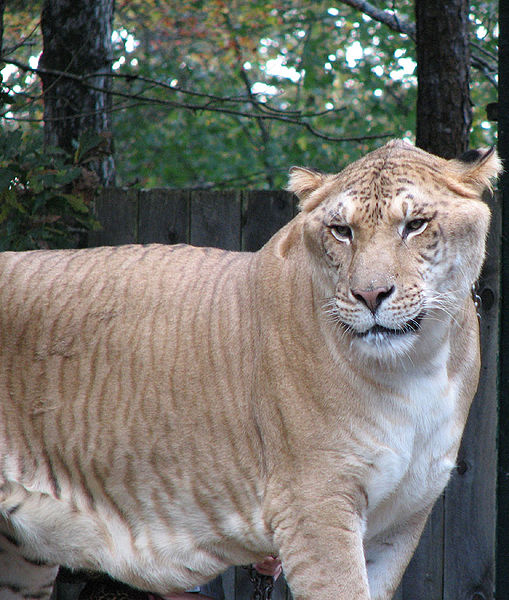Listen to Episode 44 on PodBean, Spotify, YouTube, or other podcast providers near you.
In today’s episode we discuss the weird world of hybrids. The fact that different species of organisms sometimes breed has thrown a wrench into the scientific understanding of species and how they function for centuries. We won’t be solving that problem in this episode but we will cover how hybrids are made, why they’re made, how species stay separate, and what can happen when species (or other groups) interbreed.
In the news
Footprints likely from a saber-toothed cat found in Argentina.
A newly identified filter-feeding arthropod from the Cambrian.
What would the fossil record tell us if a mass extinction happened today?
Evidence found at an Mayan city suggests animals were traded in ancient Mesoamerica.
What’s a hybrid?
A hybrid is the result of reproduction between organisms of differing species, subspecies, or even breeds. These unions have a variety of side effects and can show up in all varieties of life.

The presence of hybrids historically has not been well understood. Before genetic research was possible, the only means to identify a hybrid organism was to look for shared features with the potential parent species. These phenotypic characters are unfortunately very unreliable, changing between individuals and depending on which traits are more dominant. Due to this, hybrids were believed to be anomalies that only rarely occurred in nature.

Now, with the advent of modern genetic research, we’ve been able to more easily identify the parentage of potential hybrids and better identify them. What this has revealed is that hybridization is actually a fairly common occurrence in the natural world. It would appear that species are not as separate as we once thought they were.
This actually raises questions about the validity of the species definition that we commonly use today. The most common definitions of species we see today are based off of the definition from Ernst Mayr in 1942:
“Groups of actually or potentially interbreeding natural populations, which are reproductively isolated from other such groups.”
Effectively, this means that a species is the largest size a naturally occurring gene pool can be. But if two “species” then start to hybridize, do they could as “potentially interbreeding natural populations?” This is a difficult question to answer since the concept of a species is a human-made category and the natural world is not easily categorized. This is also not the only complication with this species definition (ex. asexual reproduction and bacterial gene transfer).
Why do species hybridize?
Species that are able to hybridize must be closely related enough to still be genetically compatible. What this means evolutionarily is that they are either in the process or have recently gone through the process of speciation. Speciation does not happen instantaneously so there is a period of time where the diverging species are still similar enough to continue to breed. If this happens too freely it can even halt speciation in its tracks.
Typically, this happens when species that were separated and split from the same ancestor are suddenly put back into contact with one another. This could be caused by various events, both natural and anthropogenic:
- Physical shifts in the environment remove a previous barrier (eg. rivers change course or geologic shifts)
- Climactic shifts displace an organism into another’s natural range
- Ecotones, where differing habitats meet
- Human effects:
- Changes we make to the environment forces organisms to move into the same habitat
- Introduced species from foreign habitats
- Organisms housed together in captivity
- Active hybrid breeding programs

How do species stay separate?
There are two main stages at which full hybridization can be halted, either before (prezygotic) or after (postzygotic) an embryo has formed. Most of these take place before mating ever happens by ensuring that mating is very unlikely or impossible to happen with another species.
- Physical barriers – species cannot reach one another
- Temporal isolation – species are active or mate at different times of day or year
- Behavioral barriers – mating displays that only attract the same species
- Genetic mismatch – chromosomes of the two species do not match correctly to form a zygote
- Mechanical isolation – specialized mating structures only allow mating within ones own species
If an embryo is formed, there are still ways that hybridization can fail. The hybrid may be inviable. This could result in fatality or a reduced health and shortened lifespan.
What if it works?
If both species are able to mate and give birth to a hybrid there are a number of trends we tend to see due to the mixture of two gene pools. The best known outcome is hybrid vigor, or heterosis. This is a scenario where the hybrid offspring gets a combination of beneficial traits from both parent species and as a result is more successful in some way. The mule is the classic example of this effect, a hybrid of a male donkey and a female horse that is a superior work animal due to its improved stamina, strength, immune system, and (some argue) higher intelligence. On all counts it seems to be an improved animal over its parents so one might think that it would replace them. The one issue for the mule is that the male are almost always sterile.

Sterility is a common issue for hybrids. It is typical for the males of many animal hybrids to be sterile and therefore unable to perpetuate the line. This is due to a phenomenon known as Haldane’s rule. This rule states that with animals whose sex is based on sex chromosomes (ie., X and Y), if they hybridize and one sex is a more rare result or is often sterile it will typically be the heterogametic sex. For mammals that will be males (XY).

On the flip side of this, blending the traits of two different species can also have negative effects. If both parent species are specialized for a specific way of living then diluting these specializations may make the hybrid less effective than either parent. They may also have lower health due to the differing anatomies of the parent species. Many hybrids that reach large sizes, such as ligers and Great Danes, may have trouble with organs that are not large enough to fully function.
You may also see new traits. Every now and then a hybrid is able to do something neither parent can. This has the potential to open up new niches and allow the hybrid to flourish. This is one of the ways hybridization can create new species. If the hybrid is successful on its own and able to breed with other hybrids then it has the chance to branch off from the parent gene pools completely. This is known as reticulate evolution.
Yet another possibility is that hybridization causes the re-absorption of a species. This is sometimes known as reverse speciation. This can more easily happen when one of the two hybridizing species is made up of only a small population while the other population is larger. If these two gene pools interbreed freely it is possible that the traits of the smaller population are slowly incorporated into the larger population’s gene pool, a process known as introgression. This can cause the genetic extinction of the smaller population. It can also happen where two equivalent populations merge into a single species.
More links…
If you’re interested in exploring this topic further feel free to look at these links
The thorny ethics of hybrid animals – Hybridization also can have complicated ethical and conservation concerns.
Examples of ancient human hybridization
– Homo sapiens and Neanderthals
– Homo sapiens and Denisovans
– Neanderthals and Denisovans
– Homo sapiens and other homonids
—
If you enjoyed this topic and want more like it, check out these related episodes:
We also invite you to follow us on Twitter, Facebook, or Instagram, buy merch at our Zazzle store, join our Discord server, or consider supporting us with a one-time PayPal donation or on Patreon to get bonus recordings and other goodies!
Please feel free to contact us with comments, questions, or topic suggestions, and to rate and review us on iTunes!
Also, listen to Will be interviewed about fossil Pokemon on the Science of Pokemon Podcast.
You wanted examples of hybrids in the podcast:
The european edible frog is a hybrid, that can mate with either of the parent species and is hence a so called klepton. https://en.wikipedia.org/wiki/Edible_frog
The (almost) only female amazon molly is also cool, and mates only to start cleavage of the zygote, but is essentially a clone:
https://en.wikipedia.org/wiki/Amazon_molly
LikeLike